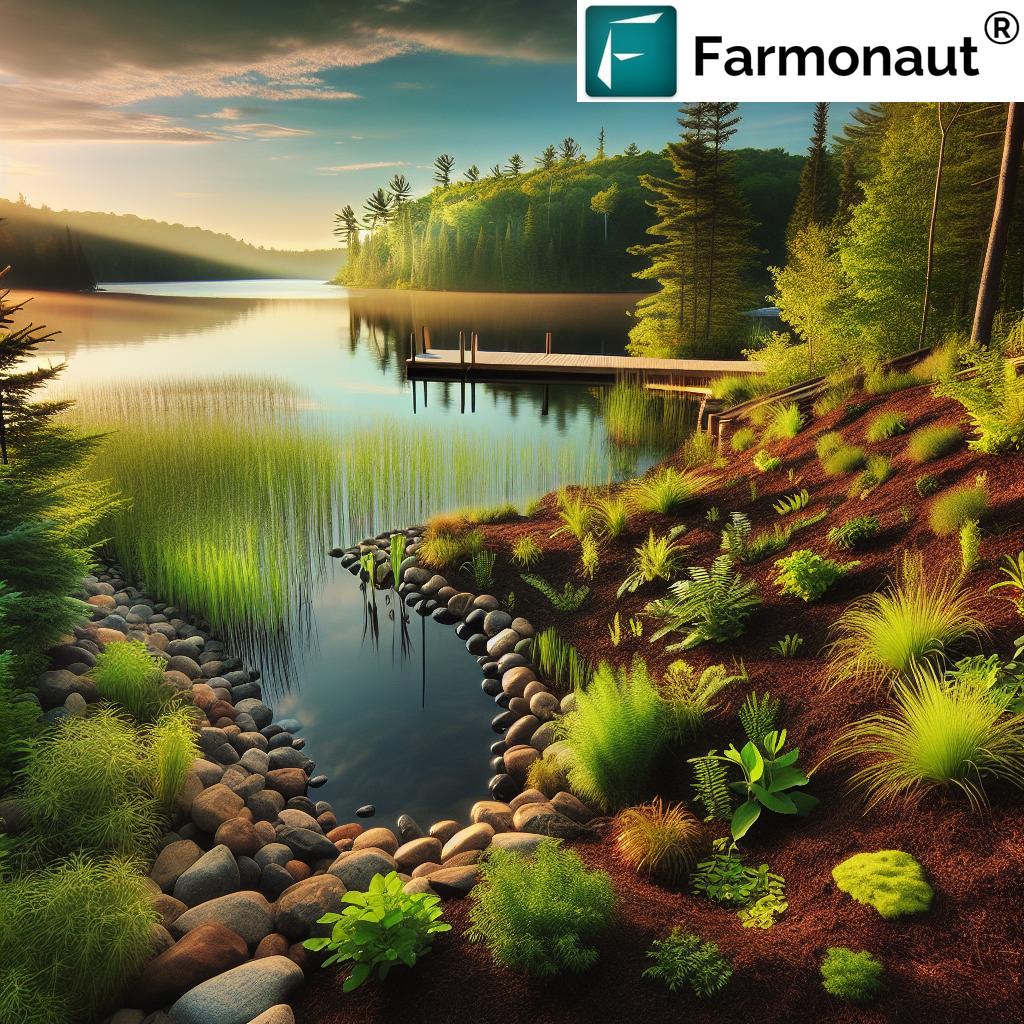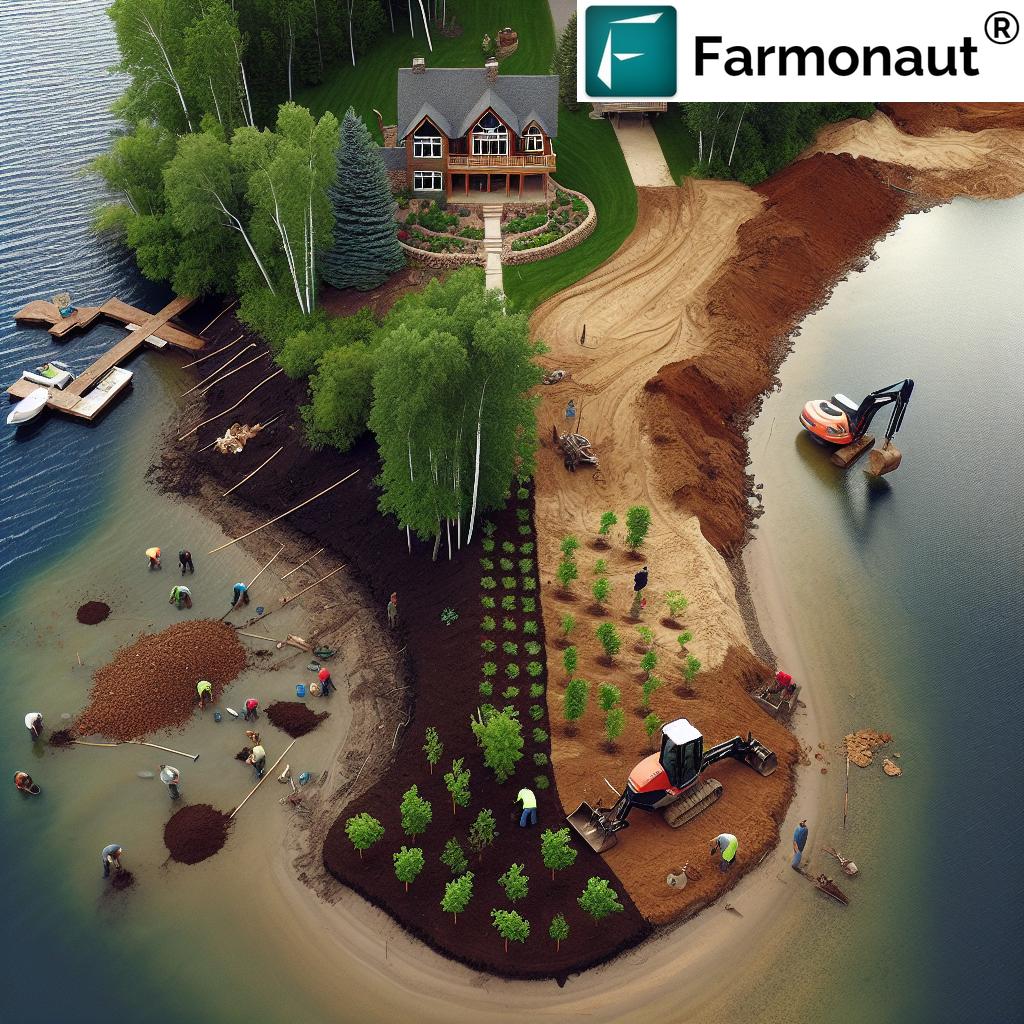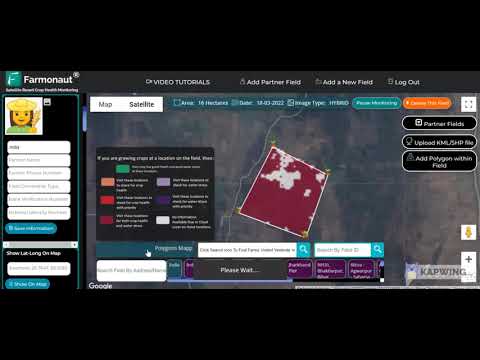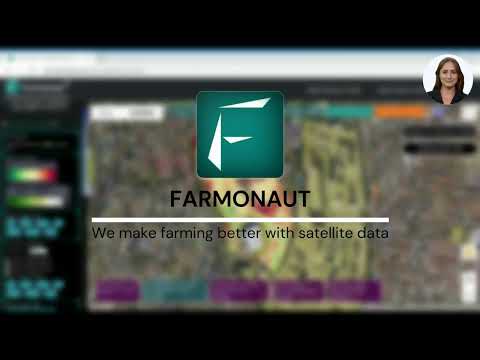Preserving Northwoods Lakes: Lincoln County’s Innovative Shoreline Erosion Prevention Program
“Lincoln County’s shoreline program collaborates with local contractors to implement geotech restoration techniques on Northwoods lakes.”
In the heart of Wisconsin’s Northwoods, Lincoln County has embarked on an ambitious journey to preserve its pristine lakes and protect them from the relentless forces of erosion. As we delve into this comprehensive exploration of Lincoln County’s innovative shoreline erosion prevention program, we’ll uncover the multifaceted approach that’s transforming the landscape of environmental conservation in this picturesque region.
The Importance of Northwoods Lakes Conservation
The Northwoods of Wisconsin is a tapestry of forests, wetlands, and sparkling lakes that serve as the lifeblood of the region’s ecosystem and economy. These water bodies are not just scenic wonders; they are vital resources that support a rich biodiversity and provide countless opportunities for outdoor recreation. However, the very features that make these lakes so appealing also make them vulnerable to environmental pressures, with shoreline erosion being one of the most pressing concerns.
Lincoln County, recognizing the critical need to protect these aquatic treasures, has developed a comprehensive shoreline erosion prevention program that stands as a testament to innovative environmental stewardship. This program isn’t just about preserving natural beauty; it’s a crucial initiative aimed at maintaining water quality, protecting aquatic habitats, and ensuring the longevity of lakefront properties.

Understanding Shoreline Erosion in the Northwoods
Shoreline erosion is a natural process that occurs when water, wind, and ice wear away at the land along the edges of lakes and rivers. In the Northwoods, this process can be exacerbated by several factors:
- Wave action from boats and wind
- Fluctuating water levels due to seasonal changes and climate patterns
- Removal of native vegetation for lakefront development
- Increased foot traffic and recreational activities along shorelines
The consequences of unchecked erosion are far-reaching. Not only does it lead to the loss of valuable lakefront property, but it also contributes to declining water quality through increased sedimentation. As soil erodes into the water, it carries nutrients that can fuel algal blooms and disrupt the delicate balance of aquatic ecosystems.
Lincoln County’s Multifaceted Approach to Shoreline Preservation
The Lincoln County Land Services Department has taken a proactive stance in addressing these challenges. Their shoreline erosion prevention program is a model of comprehensive environmental management, combining cutting-edge techniques with community engagement and education.
1. Native Shoreline Planting
One of the cornerstones of Lincoln County’s program is the emphasis on native shoreline planting. This approach involves reintroducing indigenous plant species along the water’s edge to create a natural buffer against erosion. Native plants have deep root systems that help stabilize the soil and absorb excess nutrients before they can enter the water.
Benefits of native shoreline planting include:
- Enhanced soil stability
- Improved water filtration
- Creation of habitats for local wildlife
- Reduction of lawn maintenance requirements
2. Geotech Shoreline Restoration
For areas experiencing more severe erosion, Lincoln County employs geotech shoreline restoration techniques. This innovative approach uses specialized materials and engineering practices to reinforce shorelines while maintaining a natural appearance.
Geotech restoration typically involves:
- Installation of geotextile fabric to prevent soil loss
- Use of biodegradable erosion control blankets
- Strategic placement of rocks and native plants to create a living shoreline
3. Soil Sedimentation Control
Controlling soil sedimentation is crucial for maintaining water quality and preventing the loss of valuable topsoil. Lincoln County’s program implements various measures to minimize sedimentation, including:
- Installation of silt fences during construction projects
- Creation of vegetated buffer zones
- Implementation of stormwater management practices
“Native shoreline planting and soil sedimentation control are key strategies in Lincoln County’s lake preservation efforts, protecting aquatic habitats.”
The Collaborative Process: From Assessment to Implementation
Lincoln County’s approach to shoreline preservation is characterized by its collaborative nature. The Land Services Department works closely with landowners, local contractors, and environmental experts to ensure that each project is tailored to the specific needs of the site and executed with precision.
Step 1: Site Analysis and Problem Identification
The process begins with a thorough assessment of the erosion issue. County experts visit the property to analyze factors such as:
- Extent of existing erosion
- Soil type and composition
- Water flow patterns
- Vegetation cover
- Potential impact on neighboring properties
Step 2: Project Design and Planning
Based on the site analysis, a customized erosion prevention plan is developed. This plan outlines:
- Specific restoration techniques to be used
- Materials required for the project
- Timeline for implementation
- Cost estimates and potential funding sources
Step 3: Contractor Selection and Bidding Process
Lincoln County maintains a network of qualified local contractors experienced in shoreline restoration. The project is put out to bid, allowing these contractors to compete for the work. This process ensures:
- Competitive pricing for landowners
- High-quality workmanship
- Support for the local economy
Step 4: Implementation and Oversight
Once a contractor is selected, the Land Services Department provides ongoing oversight to ensure the project adheres to environmental regulations and best practices. This includes:
- Regular site inspections
- Coordination with landowners
- Adaptation of plans as needed based on site conditions
Step 5: Post-Project Monitoring and Maintenance
The county’s commitment doesn’t end with project completion. Ongoing monitoring helps assess the effectiveness of the erosion prevention measures and identify any need for adjustments. Landowners are provided with guidance on maintaining their restored shorelines, ensuring long-term success.

Funding and Support for Landowners
Recognizing that the cost of shoreline restoration can be a barrier for many property owners, Lincoln County has developed innovative funding mechanisms to support these crucial projects. The Land Services Department works diligently to:
- Secure grants from state and federal sources
- Establish cost-sharing programs with landowners
- Provide information on tax incentives for conservation efforts
- Assist with applications for environmental improvement loans
This financial support not only makes shoreline preservation more accessible but also demonstrates the county’s commitment to protecting its water resources for future generations.
The Ripple Effect: Benefits Beyond the Shoreline
The impact of Lincoln County’s shoreline erosion prevention program extends far beyond the immediate preservation of lakefront property. This comprehensive approach yields a multitude of benefits that ripple through the entire ecosystem and community:
1. Enhanced Water Quality
By reducing erosion and sedimentation, the program helps maintain and improve water quality in Northwoods lakes. This leads to:
- Clearer water for swimming and recreation
- Healthier fish populations
- Reduced algal blooms
2. Protection of Aquatic Habitats
Stable shorelines and improved water quality create ideal conditions for diverse aquatic life, including:
- Fish spawning areas
- Habitats for amphibians and reptiles
- Nesting sites for waterfowl
3. Preservation of Outdoor Recreation Opportunities
The Northwoods’ lakes are a magnet for outdoor enthusiasts. By maintaining these natural resources, the program ensures continued opportunities for:
- Fishing and boating
- Swimming and water sports
- Wildlife viewing and nature photography
4. Economic Benefits
Healthy lakes are essential to the region’s economy. The shoreline preservation program contributes to:
- Increased property values for lakefront homes
- A thriving tourism industry
- Job creation in environmental and recreational sectors
5. Climate Resilience
As climate change brings more extreme weather events, stable shorelines help mitigate impacts by:
- Reducing flood damage
- Preventing excessive runoff during heavy rains
- Maintaining water levels during dry periods
Comparing Shoreline Erosion Prevention Techniques
To provide a clear understanding of the various methods employed in Lincoln County’s program, we’ve compiled a comparative table of shoreline erosion prevention techniques:
| Technique Name | Description | Environmental Impact | Cost Estimate ($/linear foot) | Effectiveness Rating (1-5) | Implementation Time | Maintenance Requirements |
|---|---|---|---|---|---|---|
| Native Shoreline Planting | Planting indigenous species to create a natural buffer | Low | $20-$50 | 4 | 1-2 weeks | Low |
| Geotech Shoreline Restoration | Using geotextiles and engineered solutions for stability | Medium | $100-$300 | 5 | 2-4 weeks | Medium |
| Soil Sedimentation Control | Implementing measures to prevent soil runoff | Low | $15-$40 | 3 | 1-3 days | Medium |
| Riprap Installation | Placing rock or other material to absorb wave energy | Medium | $75-$200 | 4 | 1-2 weeks | Low |
| Bioengineered Solutions | Combining living plants with structural elements | Low | $50-$150 | 4 | 2-3 weeks | Medium |
This table illustrates the range of options available to landowners and conservation professionals in Lincoln County. Each technique has its own set of advantages and considerations, allowing for a tailored approach to each unique shoreline situation.
Education and Community Engagement
A critical component of Lincoln County’s shoreline erosion prevention program is its focus on education and community engagement. The Land Services Department recognizes that long-term success depends on the active participation and understanding of local residents and visitors.
Educational Initiatives
The county has implemented a variety of educational programs, including:
- Workshops on shoreline management techniques
- Guided tours of successful restoration projects
- Informational brochures and online resources
- School programs to engage youth in conservation efforts
Community Involvement
Engaging the community in shoreline preservation efforts has been crucial to the program’s success. Lincoln County encourages participation through:
- Volunteer planting events
- Citizen science programs for water quality monitoring
- Lake association partnerships
- Annual “Lake Days” celebrations highlighting conservation achievements
The Role of Technology in Shoreline Management
As we explore the innovative approaches to shoreline preservation in Lincoln County, it’s worth noting how modern technology is playing an increasingly important role in environmental management. While not directly part of Lincoln County’s program, tools like those offered by Farmonaut demonstrate the potential for technology to enhance conservation efforts.
Farmonaut, a pioneering agricultural technology company, provides advanced satellite-based management solutions that could potentially be adapted for monitoring shoreline conditions and vegetation health. While primarily focused on agriculture, the principles of using satellite imagery and AI for land management have broader applications that could benefit shoreline preservation programs.
Some potential applications of satellite technology in shoreline management include:
- Monitoring changes in shoreline vegetation over time
- Detecting early signs of erosion through high-resolution imagery
- Mapping and analyzing land use patterns around lakes
- Assessing the effectiveness of restoration projects from a broader perspective
While Lincoln County’s program doesn’t currently utilize these specific technologies, the integration of such advanced tools could represent the next frontier in shoreline erosion prevention and lake water quality improvement projects.
Challenges and Future Directions
Despite its success, Lincoln County’s shoreline erosion prevention program faces ongoing challenges that require continuous adaptation and innovation:
1. Climate Change Impacts
As climate patterns shift, the Northwoods may experience:
- More frequent extreme weather events
- Changes in water levels and precipitation patterns
- Shifts in native plant and animal species
The program must evolve to address these changing conditions, potentially incorporating more resilient plant species and adaptive management techniques.
2. Balancing Development and Conservation
As the popularity of lakefront properties continues to grow, finding a balance between development and conservation becomes increasingly crucial. Future efforts may focus on:
- Stricter zoning regulations for shoreline development
- Incentives for green building practices near water bodies
- Expansion of protected shoreline areas
3. Long-term Funding
Securing consistent funding for ongoing projects and maintenance remains a challenge. The county is exploring:
- Creation of dedicated conservation funds
- Partnerships with private foundations and corporations
- Innovative financing mechanisms like environmental impact bonds
Conclusion: A Model for Sustainable Lake Management
Lincoln County’s innovative shoreline erosion prevention program stands as a beacon of environmental stewardship in the Northwoods of Wisconsin. By combining scientific expertise, community engagement, and a deep commitment to preserving natural resources, the county has created a model that not only protects its pristine lakes but also enhances the quality of life for residents and visitors alike.
As we look to the future, the principles and practices developed in Lincoln County offer valuable lessons for other communities facing similar environmental challenges. The program’s success demonstrates that with vision, collaboration, and dedication, it is possible to balance human needs with ecological preservation, ensuring that the sparkling waters of the Northwoods continue to inspire and sustain generations to come.
FAQs
- Q: How can landowners get involved in Lincoln County’s shoreline erosion prevention program?
A: Landowners can contact the Lincoln County Land Services Department to schedule a site assessment and learn about available resources and funding options for shoreline restoration projects. - Q: Are there regulations governing shoreline development in Lincoln County?
A: Yes, Lincoln County has zoning ordinances and regulations in place to protect shorelines. These include setback requirements, vegetation preservation rules, and permitting processes for shoreline alterations. - Q: How long does a typical shoreline restoration project take to complete?
A: The duration can vary depending on the project’s scope and complexity. Simple native planting projects may take only a few days, while more extensive geotech restorations could take several weeks to complete. - Q: What are the signs that a shoreline may be at risk of erosion?
A: Signs include visible soil loss, undercut banks, exposed tree roots along the shore, cloudy water near the shoreline after rain, and a receding shoreline over time. - Q: Can shoreline restoration improve fishing in Northwoods lakes?
A: Yes, restored shorelines can significantly improve fish habitats by providing cover, spawning areas, and food sources. This can lead to healthier and more diverse fish populations over time.
For those interested in exploring advanced technologies for land management and environmental monitoring, consider checking out Farmonaut’s offerings:
For developers interested in integrating satellite and weather data into their own applications, explore Farmonaut’s API options:
By leveraging cutting-edge technology and data-driven insights, we can continue to improve our approaches to environmental conservation and sustainable resource management, ensuring a brighter future for our lakes, forests, and communities.




